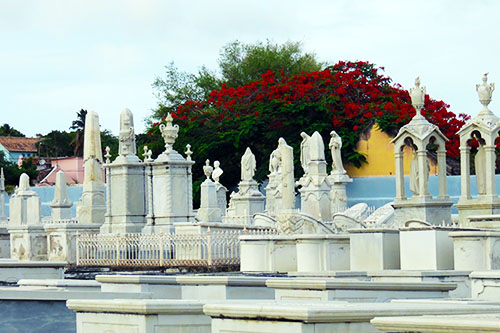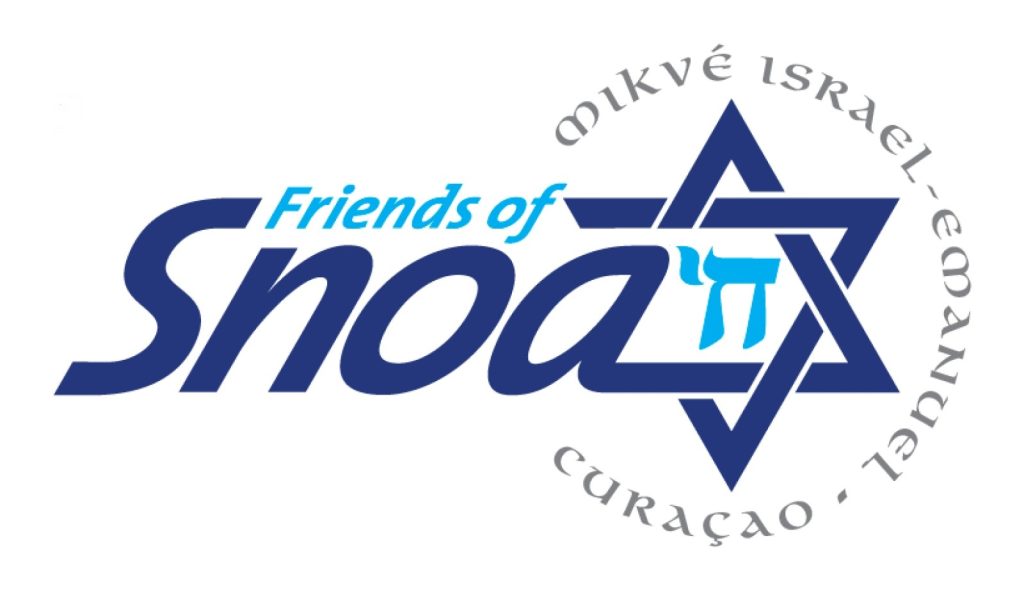Dotar
Dotar is not an everyday word. In Spanish it means to gift, to endow, to give a dowry. In Sephardic history, it is a beautiful tradition of over 400 years. Tirtsah Levie Bernfield, award-winning historian of social aspects of the Sephardi community of Amsterdam, has written a wonderful booklet entitled “DOWRIES AND DOTAR: An Unbroken Chain of 400 Years” which introduces us to this institutionalized practice of tzedakah.
The Portuguese Jewish community in Amsterdam harbors many traditions, and one of these is the charity organization Santa Companhia de Dotar Orphas e Donzellas, in short “Dotar”. This organization was founded in 1615, over 400 years ago, to help poor girls acquire a dowry – and continues to be active today as a charity organization. Candidates from faraway countries – girls of families which were paupers, of broken families, of families which were victims of the Inquisition as well as conversos, refugees and orphans – petitioned Dotar for a dowry. For the Sephardim of Amsterdam, who through the centuries had invested and donated to Dotar, it was a way for these needy girls to marry a Jew and return to the open practice of Judaism. Today Dotar continues to give social assistance to needy Jews in the Netherlands as well as contribute to Jewish social projects.
Dotar was not a Dutch invention. There were similar brotherhoods with a charitable or religious purpose in the Sephardic communities of Venice and Livorno even before Amsterdam’s. In addition to its social purpose, writes historian Miriam Bodian, Amsterdam’s Dotar represented a “most ambitious and original effort to turn it into the center of the entire Portuguese nation.” It focused its efforts on assisting poor converso-girls in obtaining a dowry well beyond Holland into northwestern Europe and later in the New World.

How did Curaçao feature in Dotar? It did so in two ways. Bernfield writes that members of Dotar – these were persons who contributed to Dotar’s capital – resided in different cities besides Amsterdam, including Jews in Curaçao. The Western Hemisphere also became a target for Dotar, Bernfield continues. As many needy Portuguese families moved to the West, their daughters started applying to Dotar from overseas, including from Curaçao. Gracia, an orphan daughter of Abraham de Josuea Aboab, is mentioned as one such candidate applying from Curaçao. Dotar owns a collection of valuable objects donated to it through the past 400 years and among these is a beautiful silver Kiddush cup with “Curaçao” inscribed in big letters on it. It came from the Mendes Chumaceiro family and was donated in memory of a foster child of our very own Haham Aaron Chumaceiro on the occasion of the 250th anniversary of the Amsterdam Portuguese Synagogue in 1925.
Doing good deeds is, of course, even older than our Snoa. Among the 613 mitzvoth we are supposed to observe, there are many that today we would classify as “good deeds”, tzedakah. No fewer than Jewish 29 organizations existed in Curaçao in the18th and 19th centuries to help the poor, the sick, the widowed and the stranger. In addition, they sent funds to the Holy Land and contributed to bathing and burying the dead.
But did Curaçao in its history also have such brotherhoods dedicated to charity which provided dowries to needy Jewish girls? The answer to this question is “yes” even if it is mentioned only in passing in our history. It is recorded that between 1726 and 1730 a “society founded to contribute for the dowry of ophan girls” existed but no name or details are mentioned. Some decades later, around 1780, a charity “Faces of Shabbat and Gates of Charity” is mentioned which “dowered poor young girls or orphans”. And we know of a Mordechai Alvares Correa, described as “one of Curaçao’s richest Jews,” who contributed “forty pesos yearly to the fund for marrying orphan girls.”
Even if today dowries rarely feature in weddings in our Snoa, happily the practice and importance of tzedaka continues to exist. The Hebrew Ladies Benevolent Foundation, recently having undergone a reorganization, and the Alivio de Pobres, founded in the 1840’s and sorely needing to be revived, both have been important to institutionalized tzedakah in our community in the past and hopefully will be so again in the future.
You might also like
DOTAR
Dotar Dotar is not an everyday word. In Spanish it means to gift, to endow, to give a dowry. In Sephardic history, it is a
Cemeteries of Curaçao’s Jewish Community
Cemeteries of Curaçao’s Jewish Community Did you know that: … Beth Haim means “House of Life” and when added to the specific location it is
About Seders in Curaçao
About Seders in Curaçao A story about Seders in our 371 year-old historic community starts with historical research about our community in Emmanuel’s authoritative volumes
DOTAR – Copy
Dotar Dotar is not an everyday word. In Spanish it means to gift, to endow, to give a dowry. In Sephardic history, it is a
Cemeteries of Curaçao’s Jewish Community – Copy
Cemeteries of Curaçao’s Jewish Community Did you know that: … Beth Haim means “House of Life” and when added to the specific location it is
